Tips to Keep Lettuce Growing in the Heat of Summer
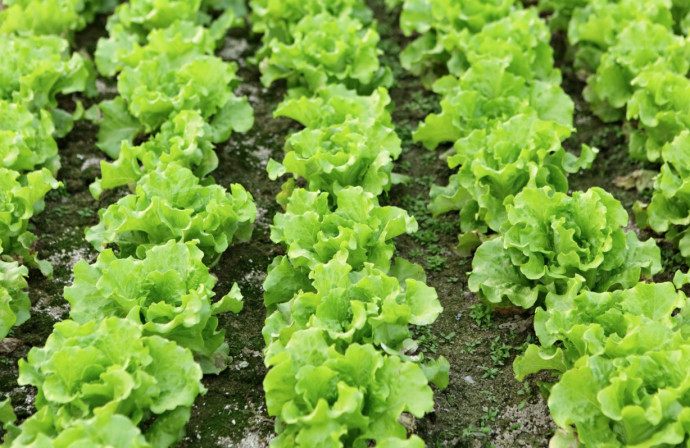
Do you have a feast or famine relationship with lettuce? Does your garden have more lettuce than you can eat in the spring, and then nothing for the rest of the year? Lettuce is regarded as a cool-season vegetable, and in most home gardens, it is planted in the early spring, harvested in late spring to early summer, and then discarded in favor of other vegetables for the middle of the summer. Some gardeners may replant a second crop of lettuce as the days grow cooler in fall, but most do not grow lettuce at all in the midsummer period, focusing instead on warm-season vegetables. Although lettuce loves to grow in cool weather, you can often continue to enjoy fresh tender lettuce throughout the summer, if you follow these seven simple tips.
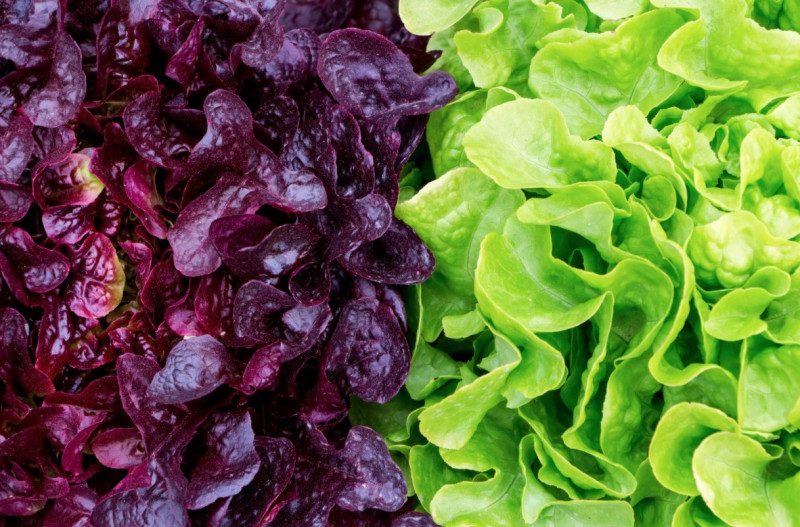
1. Choose heat tolerant varieties.
Savvy gardeners may plant lettuce among other warm-season vegetables, such as tomatoes, so that by the time the lettuce is finished in early summer, the warm-season vegetables are beginning to take over the garden space. Some varieties of lettuce have been bred to better tolerate hot weather. Here are some of the most heat-resistant varieties that I’ve found:
Romaine – Jericho, Parris Island
Batavian – Nevada, Sierra, Tahoe
Iceberg – Anuenue, Minetto
Leaf – Red Sails, Royal Oak Leaf, Black-Seeded Simpson, Salad Bowl, Ruby
Butterhead – Kinemontpas
Bibb-Romaine – Winter Density (also heat tolerant)
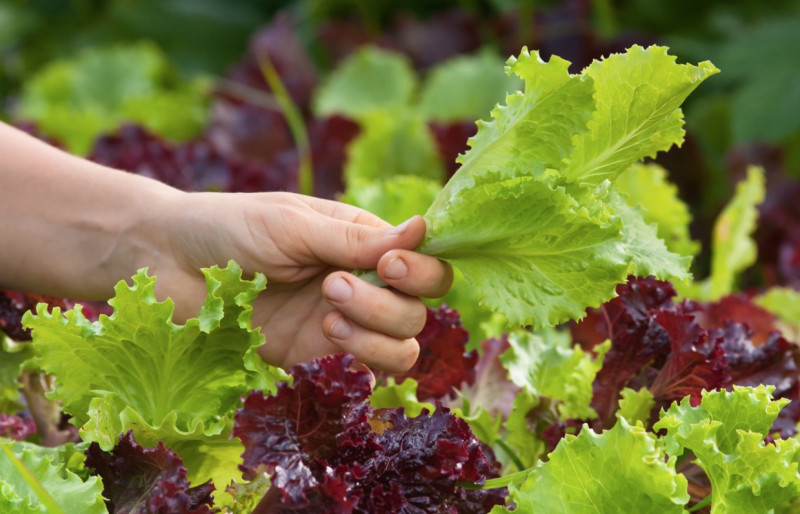
2. Harvest the lettuce early in the day.
For the sweetest greens, harvest lettuce in the early morning. Studies have shown that lettuce leaves contain over twice as much natural sugars early in the day, compared to mid-afternoon.
3. Harvest Leaf Lettuce Frequently.
If you keep lettuce leaves cropped short, the plants will continue to produce new leaves well into the summer. Allowing leaves to become large and mature signals the plant to send up seed bolts, which is the point where it will no longer be edible. Keep your leaf lettuce cropped short, even if it means discarding some leaves because there is more than you can eat.
4. Harvest your lettuce as baby greens
If your plants tend to bolt in the heat before forming a head, just harvest the lettuce as baby greens instead. When they are only 4” high, cut the leaves about 1” above the soil. The cut stumps of the young plants will often grow another crop of leaves again. In humid summer climates, give your plants extra spacing to increase air circulation and reduce disease.
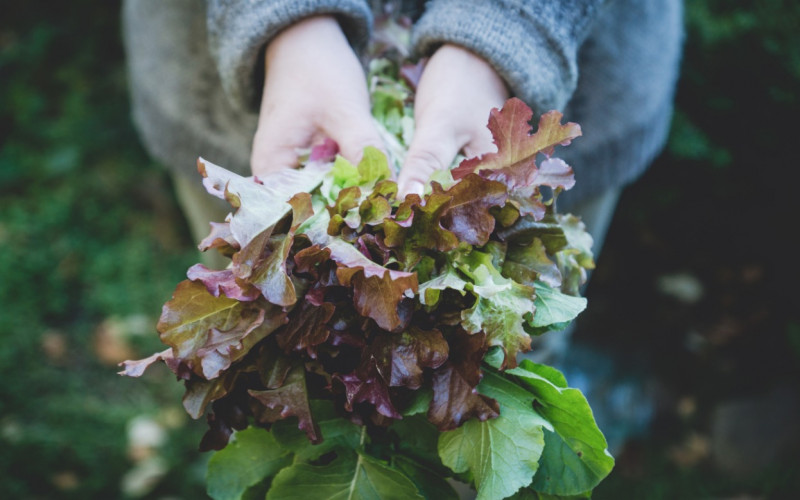
5. Plant a few seeds every 7-10 days
In hot weather, lettuce doesn’t usually last very long. If you want to enjoy fresh lettuce each week, be sure to start a small number of plants every 7-10 days or so.
6. Keep the soil evenly moist
If you’re transplanting your lettuce, water your seedlings 24 hours before transplanting, again 1 hour before, and then immediately after planting them in the garden outdoors. This will help to reduce transplant stress. Whether you’re direct seeding or transplanting your lettuce, it’s very important to keep the garden soil evenly moist at all times. If you’re growing lettuce in containers, they will greatly benefit by being grown in self-watering containers, which naturally keeps the soil evenly moist.
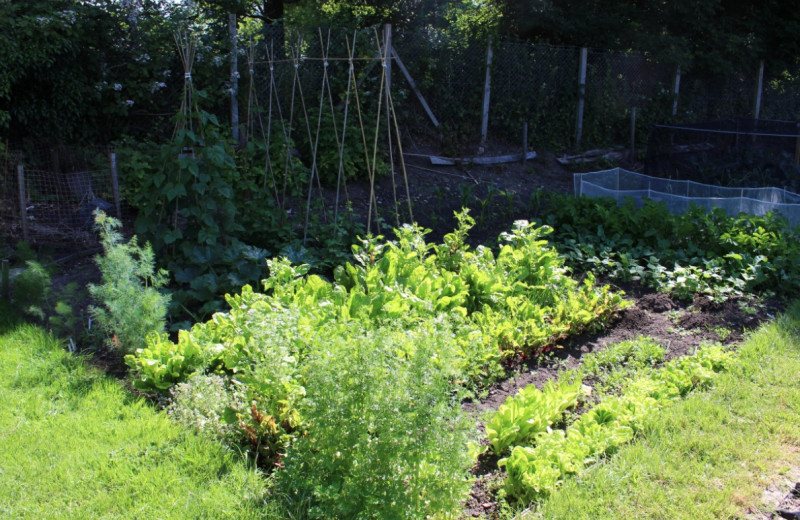
7. Provide lettuce with extra shade
When summer temperatures regularly exceed 85 F, lettuce will greatly benefit by growing in some shade. Give your lettuce plants afternoon shade, either on the east side of a building or in the shade of taller plants. You can also protect them with a 40% shade cloth. Just be sure to elevate the shade cloth to allow plenty of air circulation around the plants.
8. Germinate your lettuce seeds in cool soil
Lettuce seed often refuses to germinate if the temperature is above 80 F. During hot weather, you can start lettuce seed indoors under lights, if your home has air conditioning. Or you can store your seeds in your refrigerator, and cool the soil down in the garden bed for a few days before planting (water the soil well, and cover it with a heavy mulch or burlap). In really hot climates, you can even put a layer of ice on top of the soil right after planting lettuce seeds outdoors.
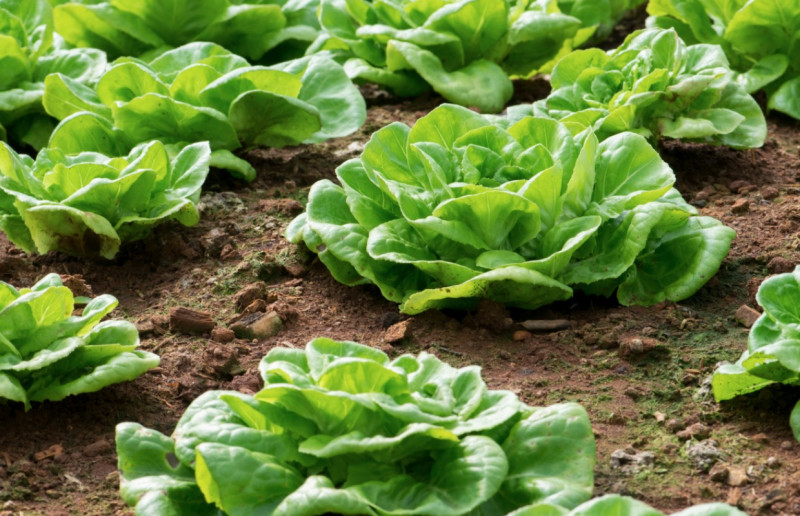
By following these seven simple steps, you can often continue to enjoy fresh succulent lettuce throughout the summer. What varieties of lettuce have grown well in your summer garden? Tell me in comments!
